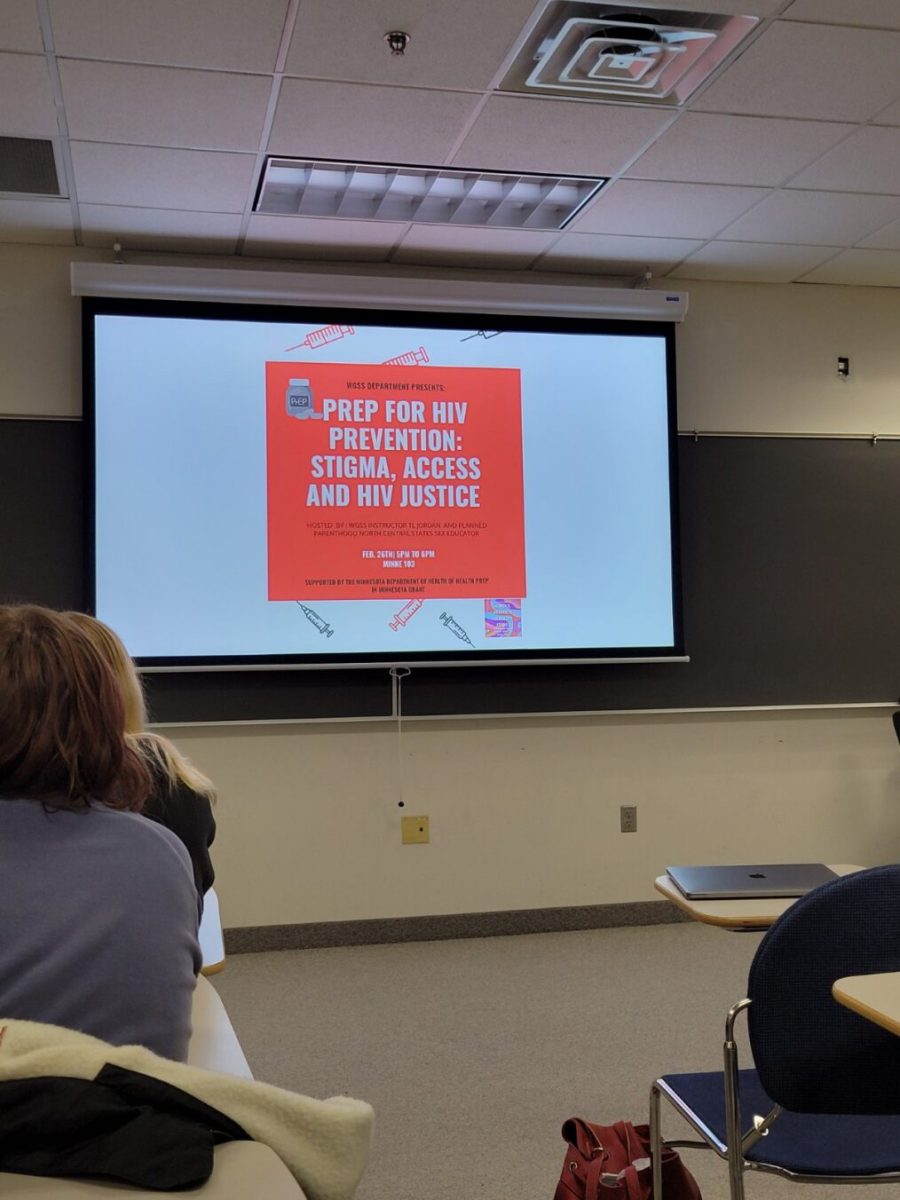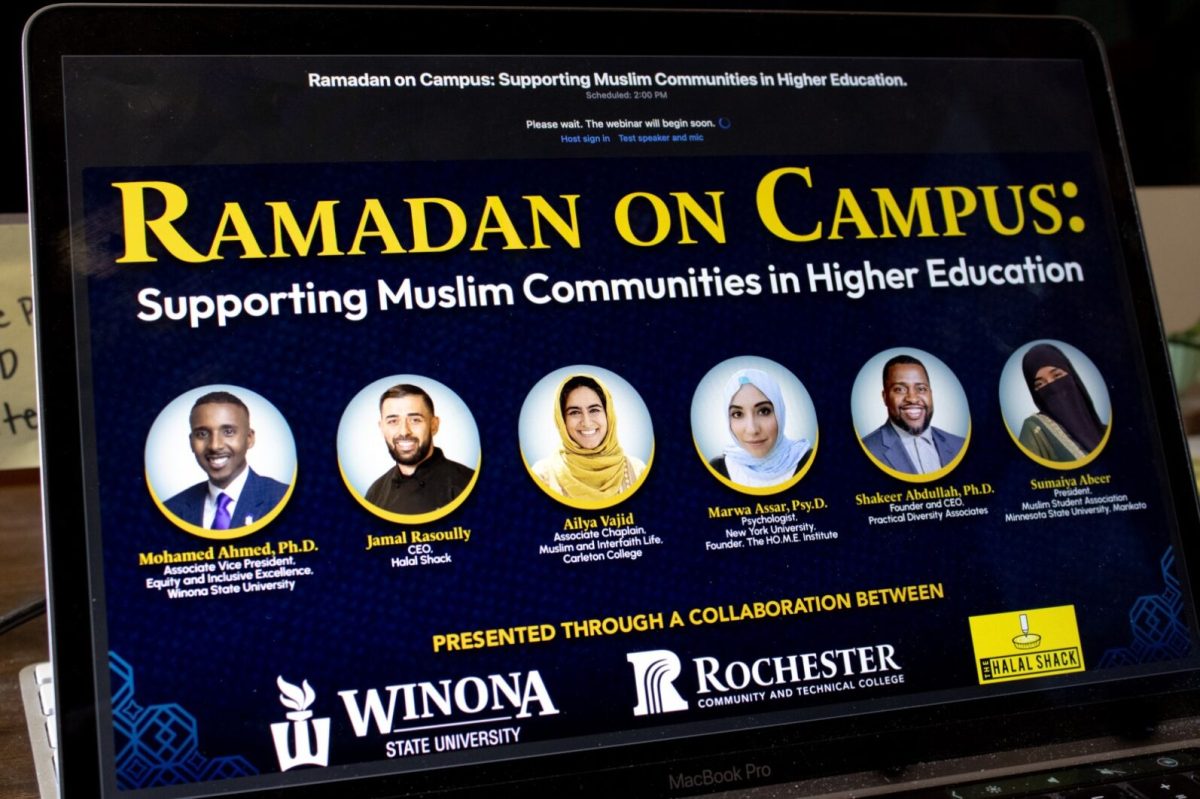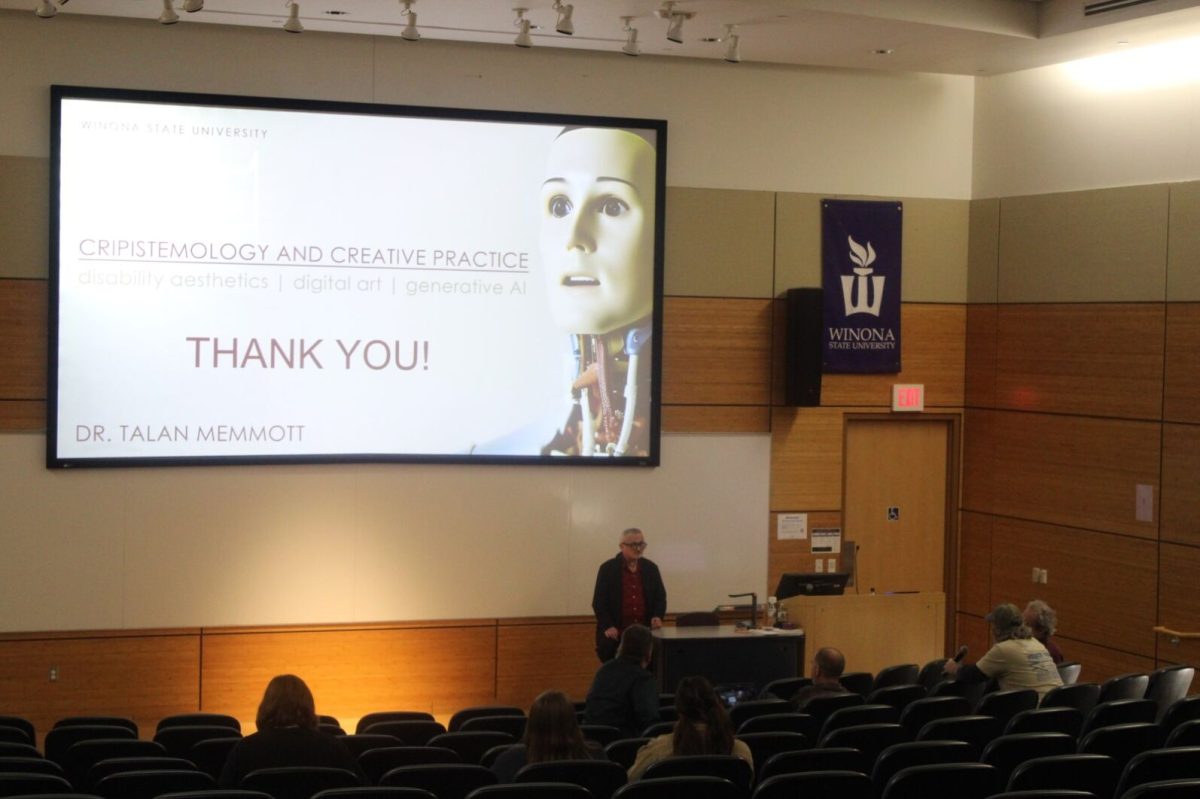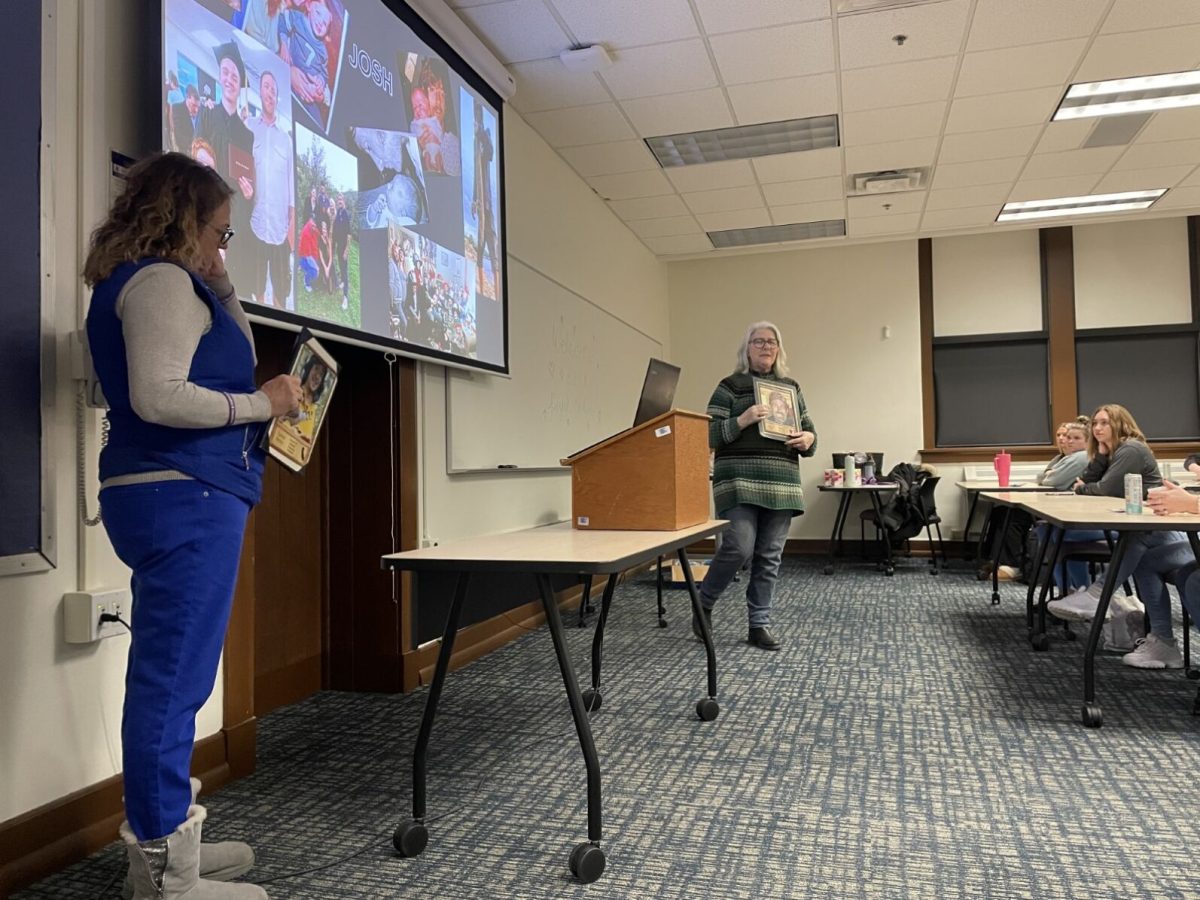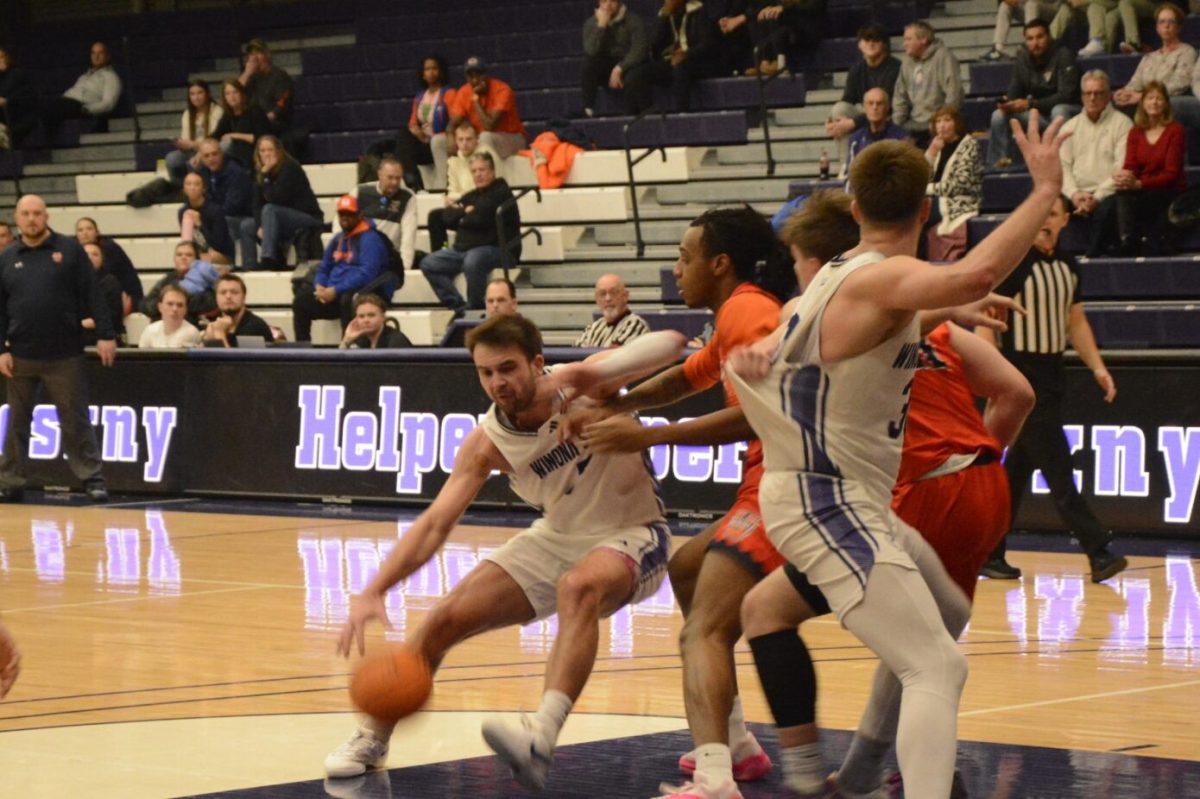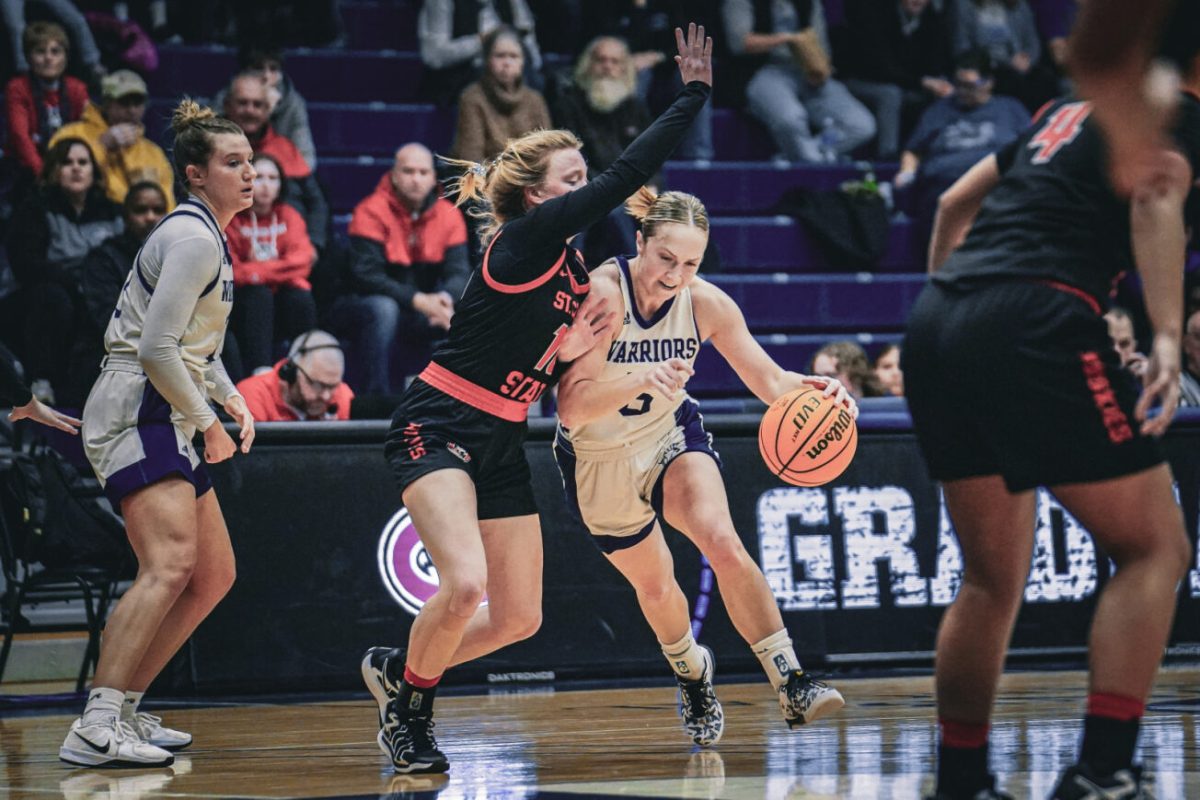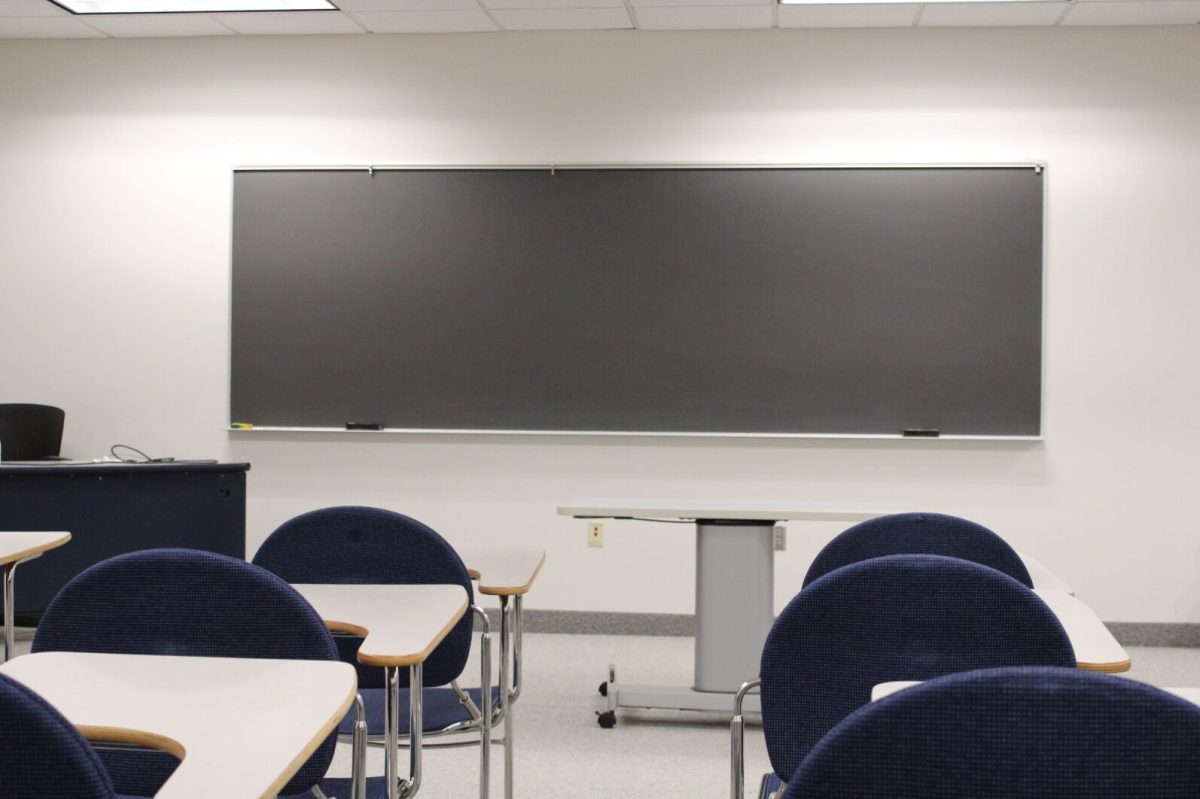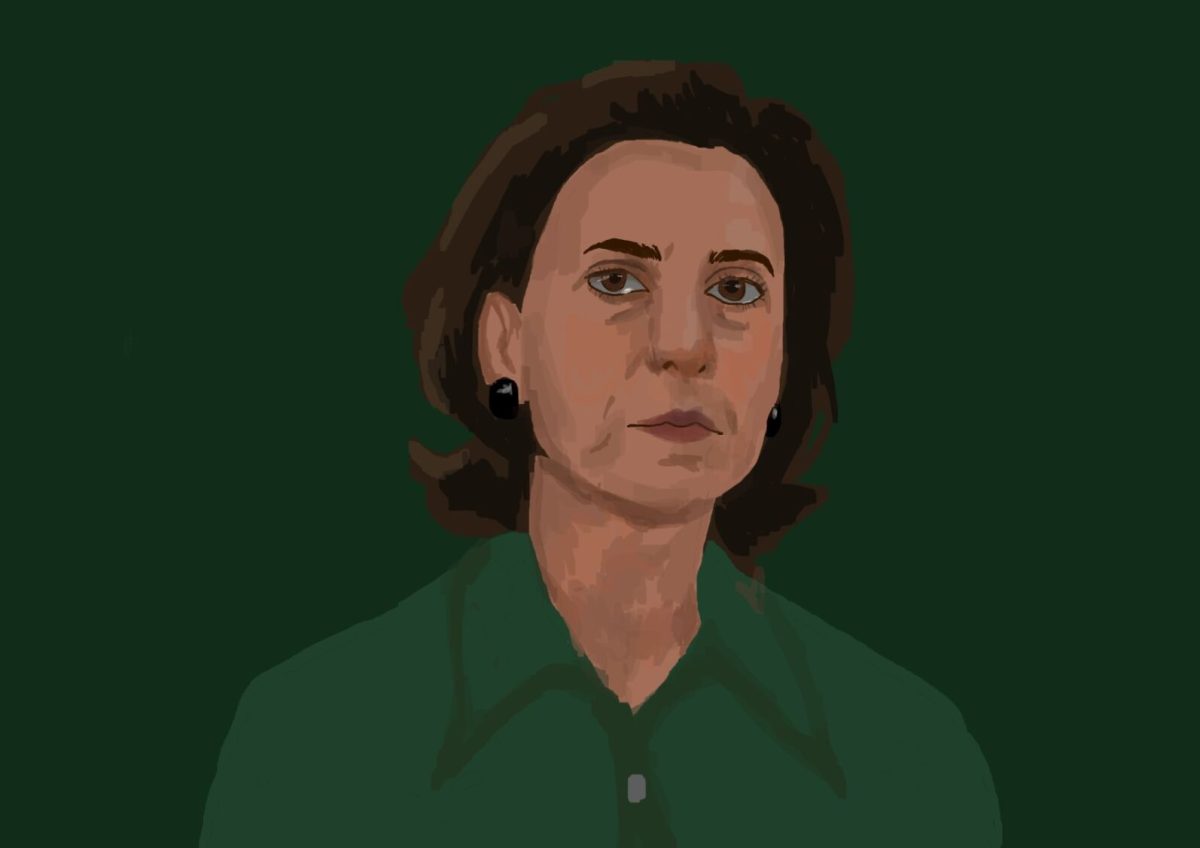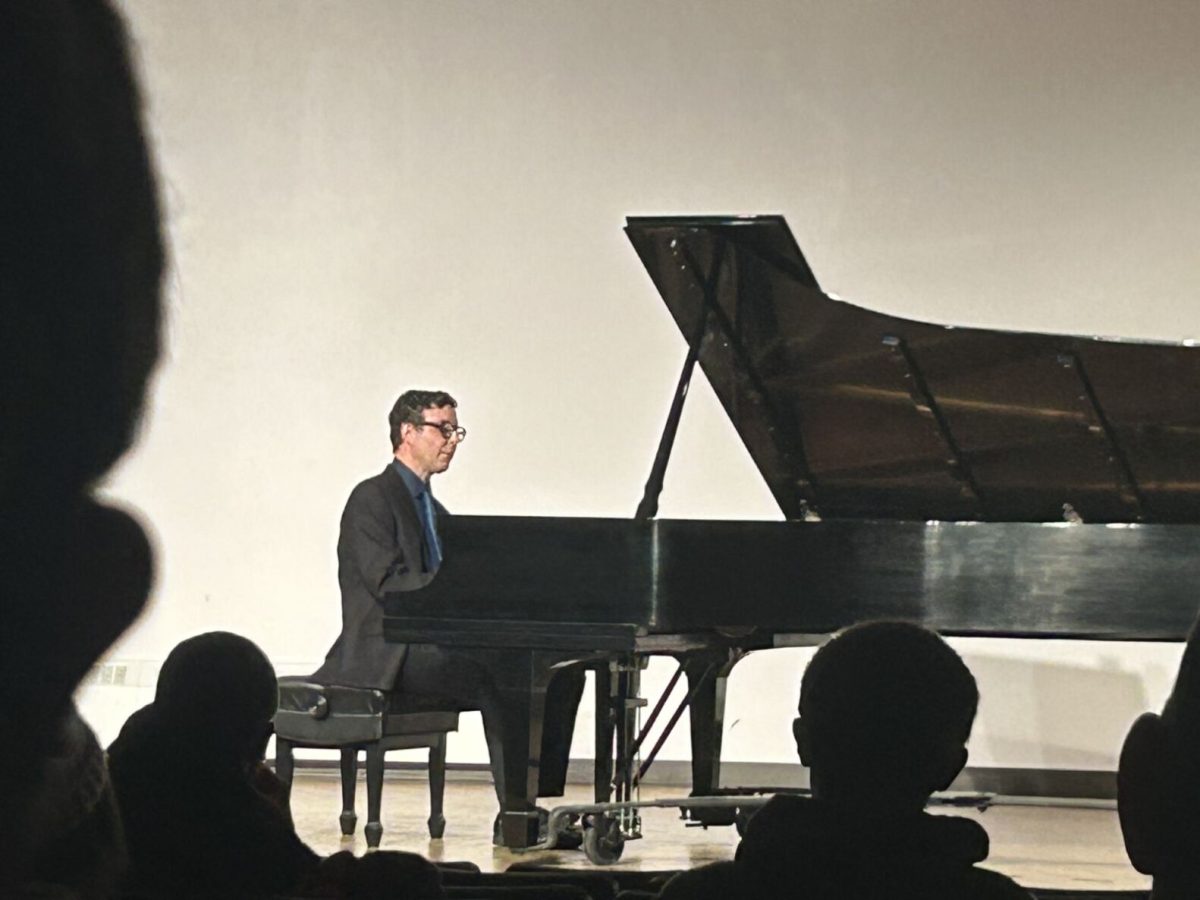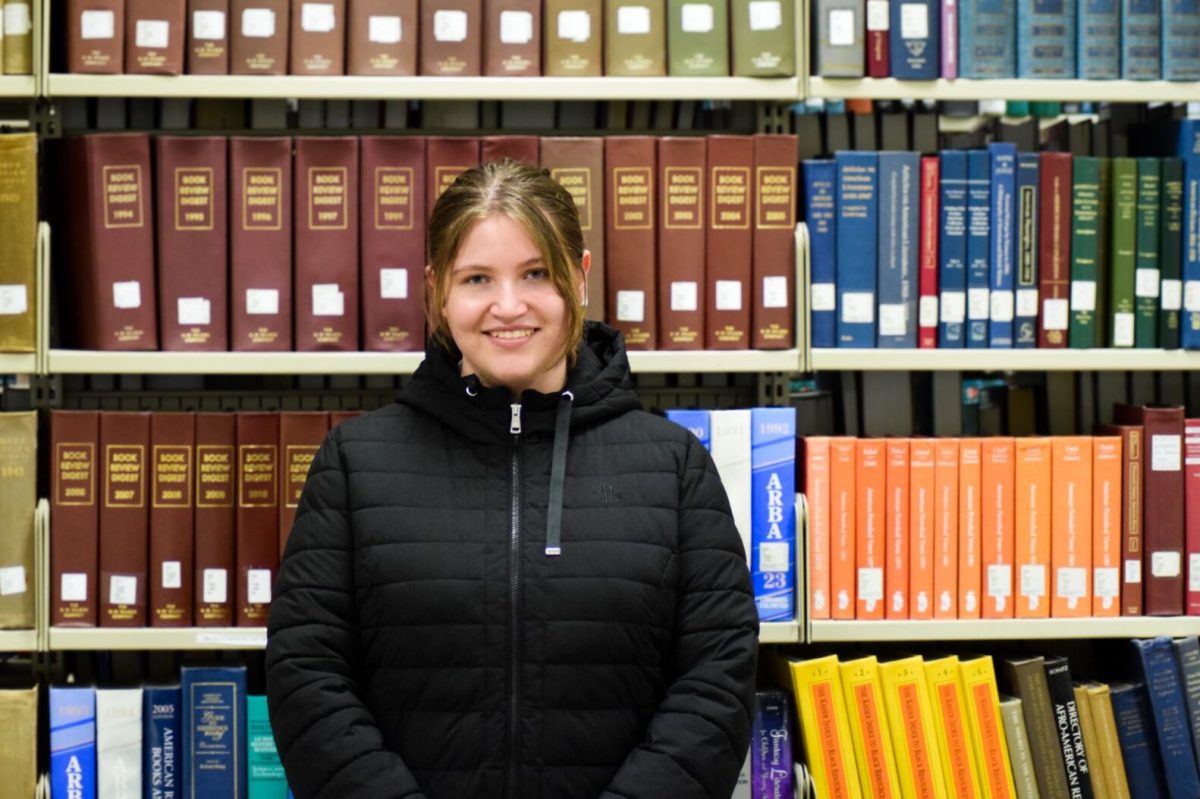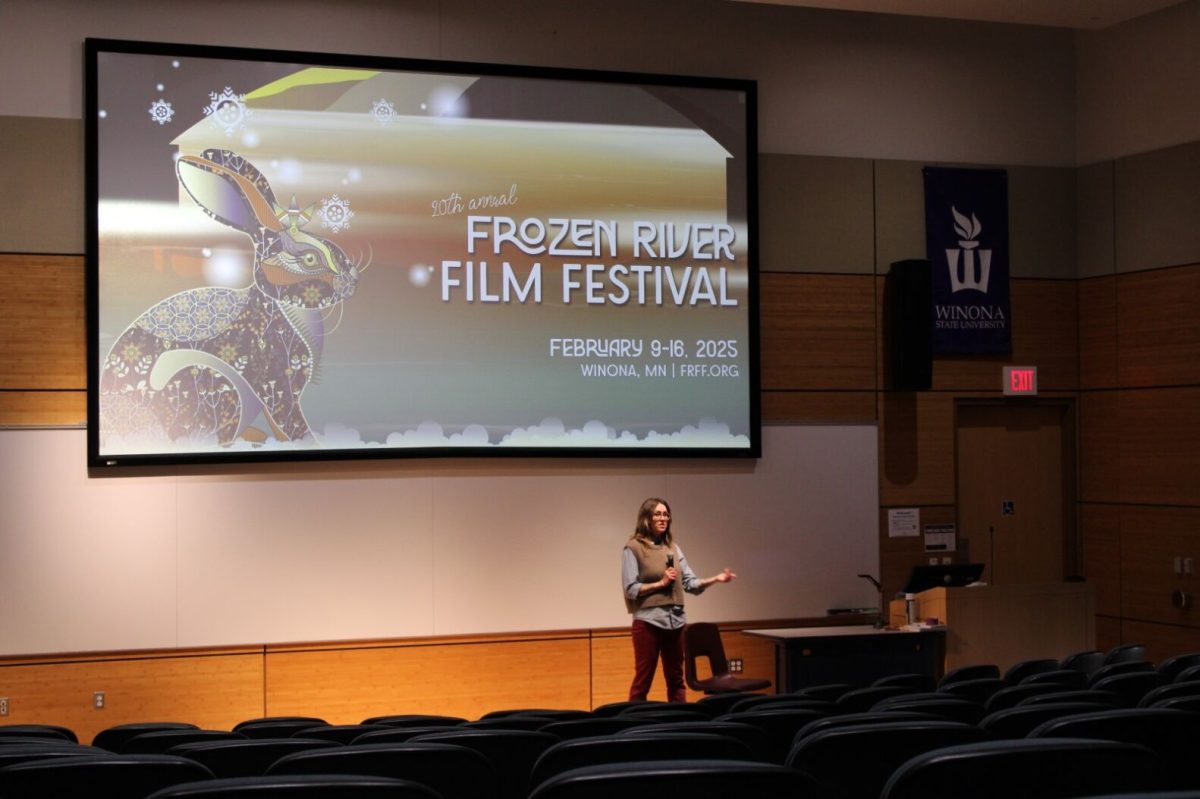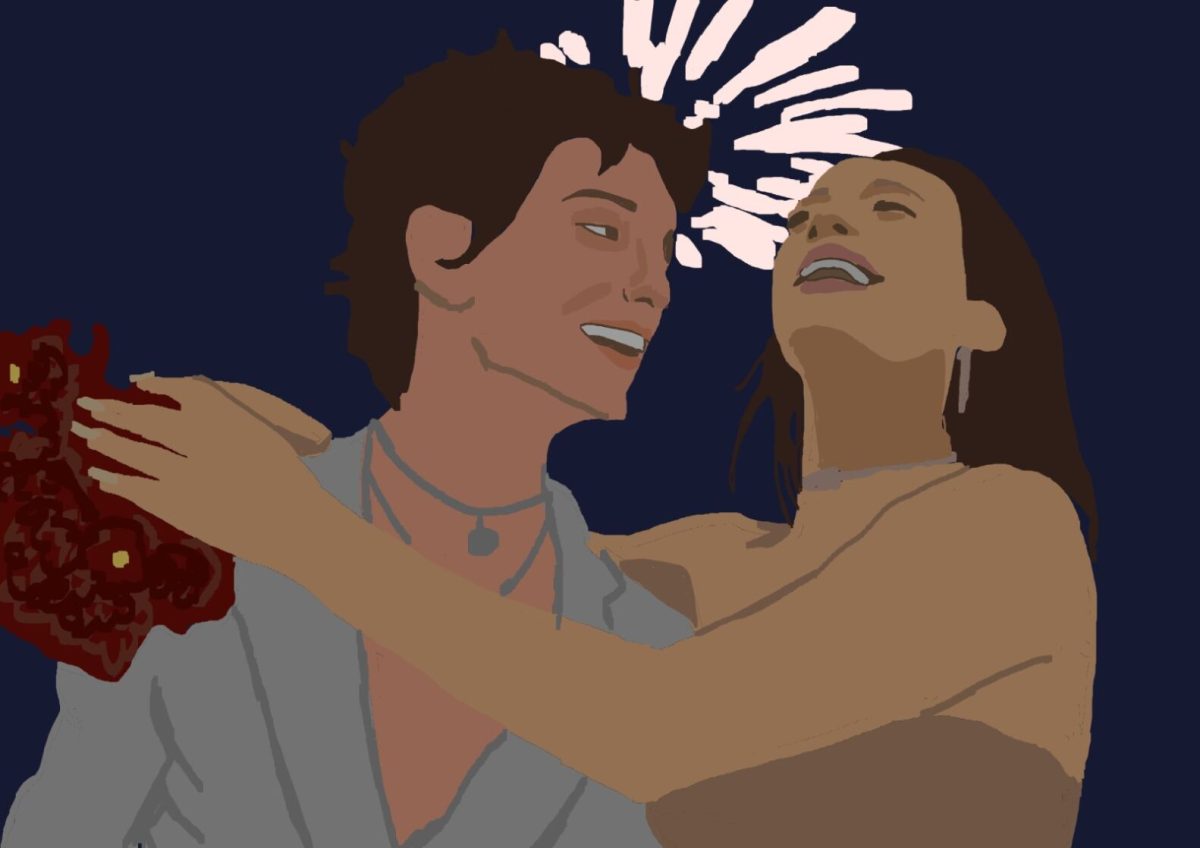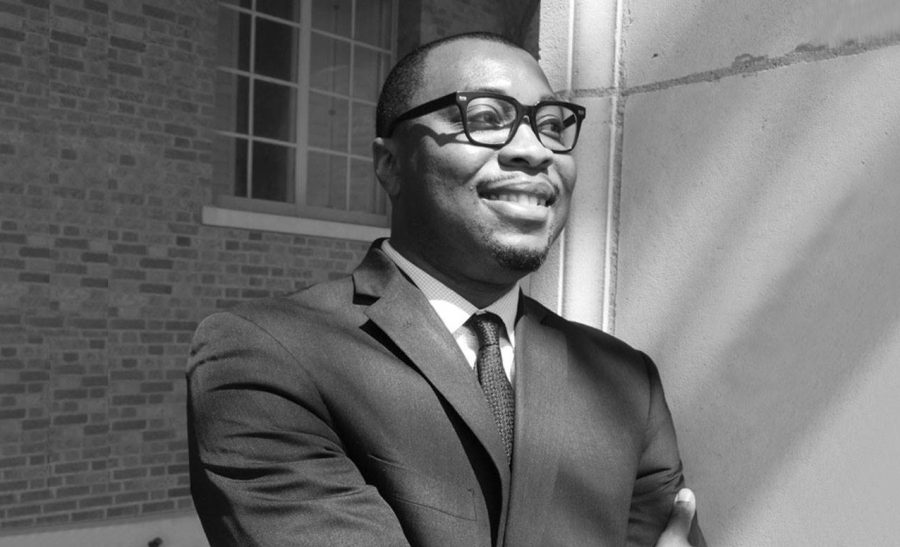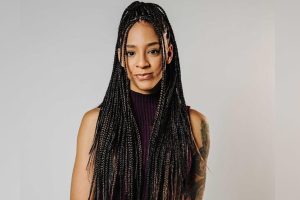Letting the images speak: Hall talks 1921 Tulsa Massacre
Contributed by: APBspeakers.com
“I spent 20+ year studying the ways that racial violence has impacted the black past and black culture,” Hill said.
April 11, 2023
Dr. Karlos K. Hill, an expert on racism and race relations and an associate professor of African and African American Studies at the University of Oklahoma, proudly educates all audiences that he speaks to on the 1921 Tulsa Massacre and the black community.
Hill spoke to Winona State University along with Ridgewater College, Riverland College, Minnesota State and more, hosted a webinar on Thursday, April 6, in which students and citizens from all over could listen and learn from him.
“What I really want the audience to understand is not just what I know, but what my effective relationship to the Race Massacre and why I care so much about it,” Hill said.
As a part of the 1921 Centennial Commissions board, he was tasked with the responsibility to share his knowledge of the deadliest attack on the black community with everyone else.
“What I tell my students and audiences often is that all of us, no matter who we are, no matter where we live, have a relationship to this history,” Hill stated. “We can have an intellectual relationship with the past and/or we can have an effective relationship with the past.”
Hill shared various images of Tulsa and Greenwood in 1921 of the destruction that was done before, during and after the massacre to “bear witness” to the totality of the destruction.
“These photographs are meant to help white observers to understand what happened,” Hill said. “To help them understand it as not the deadliest attack on a black community, but as a successful ‘negro rebellion.’”
“I’m going to let the images speak and I’m going to let the survivors speak for the images,” Hill said.
“Until I saw the photographs, it was hard to imagine an area the size of Greenwood in 1921 being completely burned to the ground,” Hill said. “Every significant structure in the neighborhood either destroyed or severely damaged beyond simple repair.”
Hill shared stories and testimonies of the survivors and the traumatic memories they recalled upon during the massacre, most of which were children at the time. Some of the survivors heard the bullets and the planes while they saw their community falling apart little by little.
“Hearing these stories helps us understand their experience and the trauma of their experience,” Hill said. “It helps us understand what massacre survivors experience and the absolute chaos of it.”
“Most importantly, it’s a history of what black people did in response to what happened to Greenwood, loved ones, property, institutions,” Hill said. “The story that survivors and descendants want most told is not what happened to them, but what they did in response.”

